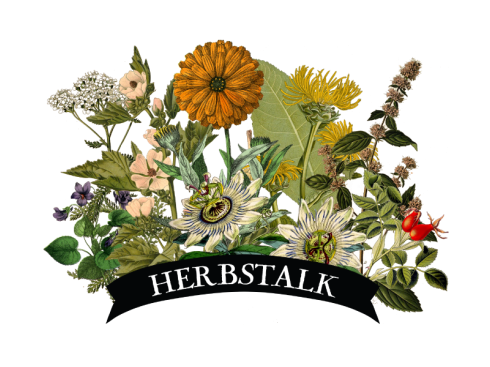|
In choosing borage to be the Herbstalk plant of the year, I did not know how deeply I would be needing its healing gifts. After last week’s events, those of us living in the Boston area were grieved by the violence occurring in our beloved city. Like so many here, my heart has been heavy from sadness. When I first heard news of the bombings, I went home, mixed borage leaves with hawthorn, linden, and violet, and drank the tea with some dear friends. I can’t say that it lifted the shock and sadness that we all felt, but it was certainly comforting and calming to sip the tea. Taking borage flower essence is also helpful in times of distress, fear, or worry since the essence offers a sense of safety and courage, and helps to chase away depression. Dried borage leaf and flower essence If you do not yet have borage in your life, then consider adding this bright, cheery flower to your yard or garden containers. It is very easy to grow, adapts to many soil types, and bees adore the flowers. Borage will self-seed readily, so plan on having it around for years to come (or forever….) Here’s a few ideas on how to use borage:
One final thought: fittingly, borage is also called Star Flower. I think this is a significant part of its medicine, for just gazing at the brilliant blue celestial flowers reminds me that we all are made up of the same stuff as the stars of the sky. And that no matter what earthly events may shake us to the core and cause us sorrow, borage offers us solace and hope. Young borage plant Steph Zabel is the founder and organizer of Herbstalk. She also works in the plant collections of the Harvard University Herbaria, runs her small business Flowerfolk Herbal Apothecary, offers herbal classes and holistic health consultations, and hand-crafts herbal medicines. She is honored to be a voice for the plant world and to serve others through herbalism.
Comments are closed.
|
Archives
November 2023
Categories
All
|
Join the Newsletter!
Receive news about future Herbstalk events
Thank you!
You have successfully joined our subscriber list.
Copyright © Herbstalk 2024

 RSS Feed
RSS Feed